Bac Ninh turns cultural essence of Quan Ho folk singing into unique tourism product
BAC NINH - Sixteen years after being recognized by UNESCO as an Intangible Cultural Heritage of Humanity, Quan Ho folk singing — the signature art form of Bac Ninh province — has evolved from a traditional cultural expression into a captivating tourism experience that attracts visitors from across Vietnam and beyond.
In 2009, Bac Ninh’s Quan Ho folk songs earned UNESCO recognition for their rich artistic and cultural values. Since then, the province has introduced a series of policies, resolutions, and projects to preserve and promote the heritage, achieving impressive and enduring results.
 |
|
Quan Ho performance at 2025 Lim Festival in Tien Du district. |
To keep this “one-of-a-kind” heritage alive and widely known, Bac Ninh has organized numerous cultural festivals such as the annual “Returning to the Quan Ho Land” Festival, featuring traditional boat performances on lakes like Nguyen Phi Y Lan and Vua Ba.
These interactive shows, where singers perform directly for visitors, have become signature attractions for tourists.
Beyond domestic promotion, Bac Ninh has brought Quan Ho to the world stage. Dozens of performing troupes have showcased the art in countries such as France, Germany, Japan, South Korea and India, spreading the beauty of Vietnamese traditional culture globally.
The province has also hosted thematic exhibitions — including “The Beauty of Bac Ninh’s Cultural Heritage” and “Quan Ho Folk Songs – Essence and Identity” — at museums, libraries and the Bac Ninh Folk Song Theater, offering both residents and visitors deeper insights into the local heritage.
Tourism activities in Bac Ninh increasingly combine cultural immersion with sightseeing. Travelers now seek not only to explore temples, pagodas, and scenic spots but also to experience local traditions through short cultural tours and interactive art programs in villages.
During the recent National Day holiday, Nghia Long Lake in Bac Giang ward drew thousands of visitors to enjoy the “Sum Hop Truc Mai” art show, jointly presented by the Bac Ninh Folk Song Theater, Bac Ninh Cheo Theater, and the provincial Center for Culture and Tourism Promotion.
A major highlight in early September 2025 was the official launch of the “Hanoi 5 Gates – The Hanoi Train” cultural tourism route, connecting Thang Long and Kinh Bac. This new two-story luxury train features five carriages designed after Hanoi’s historic gates, evoking a nostalgic charm.
As the train glides smoothly on its tracks, the melodies of Quan Ho sung by traditional Lien chi (female vocalists) resonate through the carriages, offering passengers a multisensory cultural journey.
At Do Temple, a key stop along the route, visitors can immerse themselves in Kinh Bac’s distinct heritage — listening to Quan Ho sung beside the water pavilion, trying their hand at Dong Ho folk painting and savoring local delicacies.
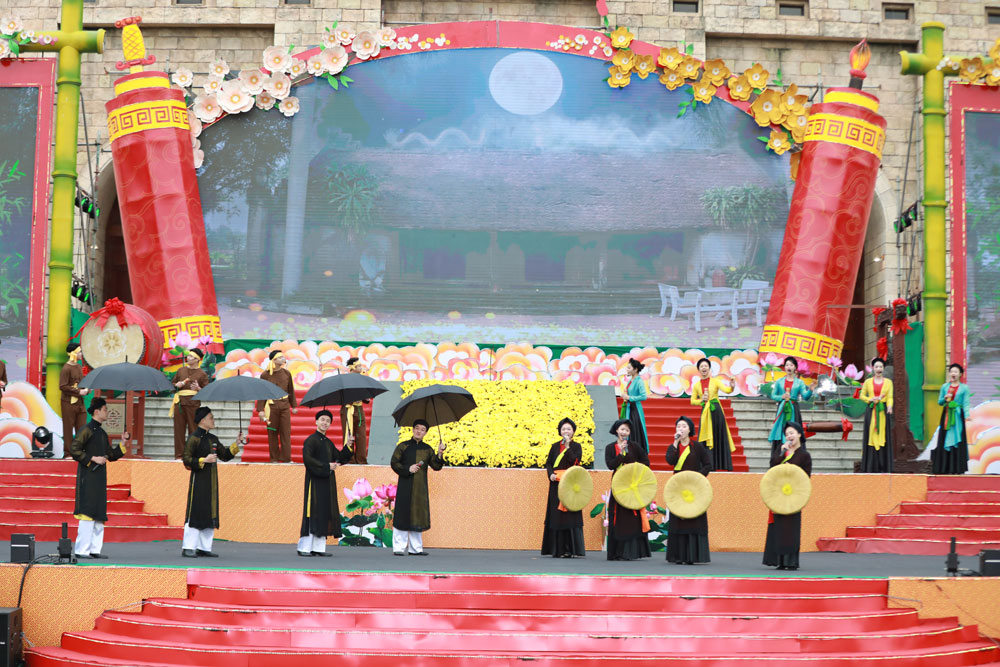 |
|
Quan họ folk songs are performed at the Tay Yen Tu spiritual and ecotourism complex. |
The Hanoi–Bac Ninh route has quickly become a symbol of cultural tourism, bridging the ancient capital and the land of heritage while inviting travelers to experience northern Vietnam’s timeless charm.
Today, Bac Ninh is home to around 260 active Quan Ho villages and more than 600 singing clubs with nearly 10,000 members. This vibrant network reflects the enduring vitality of the art form in community life.
Turning Quan Ho into a tourism product is not just about entertainment — it represents an innovative way to preserve and economically sustain traditional art.
By weaving cultural performance into modern travel experiences, Bac Ninh is ensuring that Quan Ho continues to thrive — not only as a treasured legacy of the Vietnamese people but also as a living cultural brand and sustainable tourism asset for generations to come.
 Bắc Ninh
Bắc Ninh
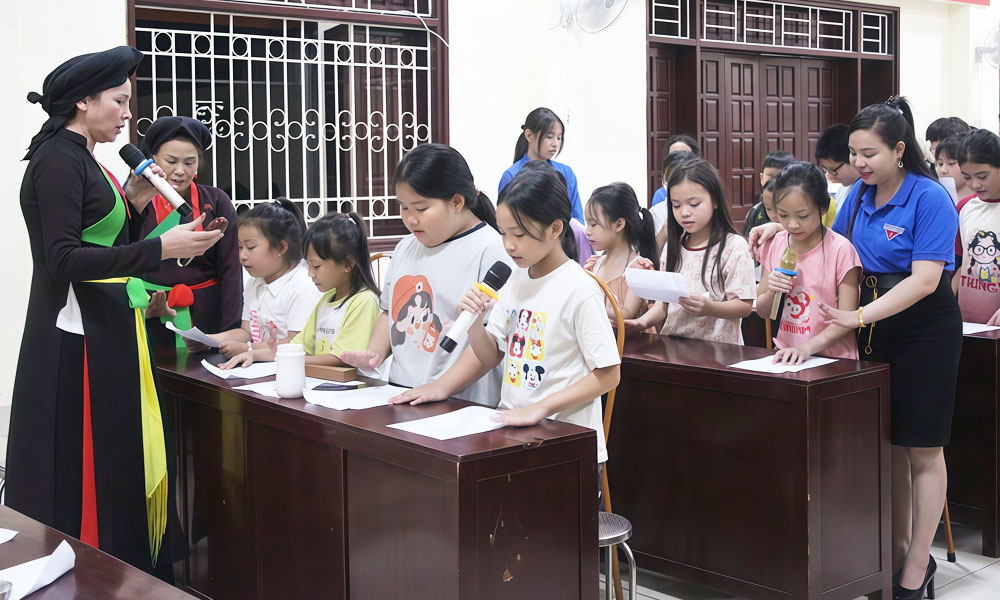
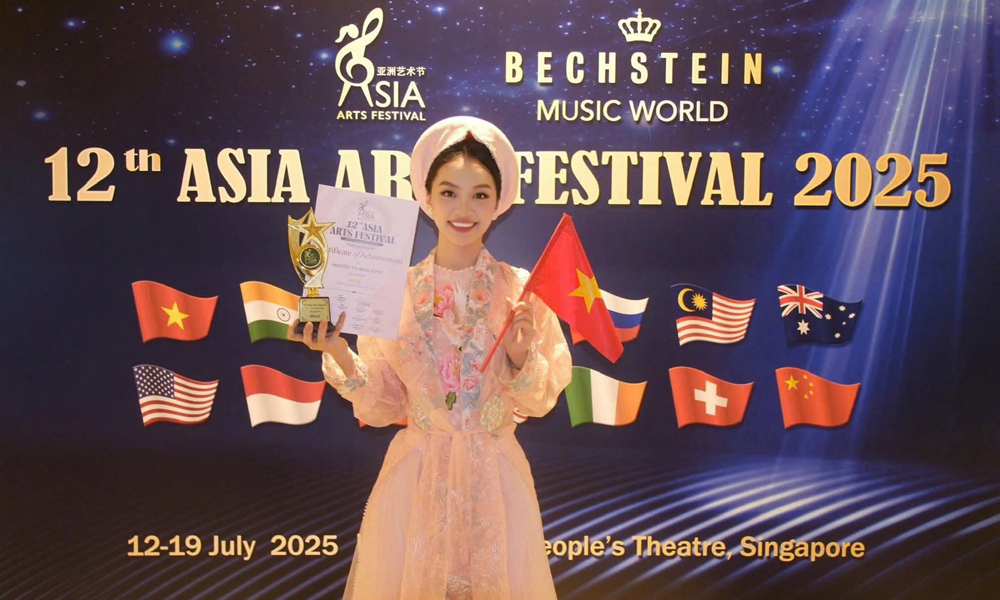
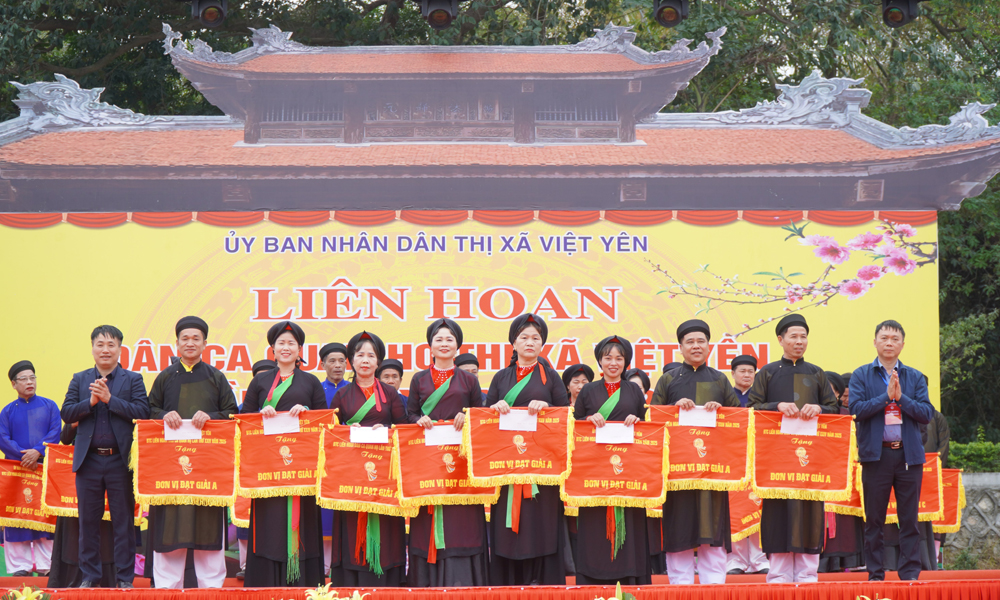
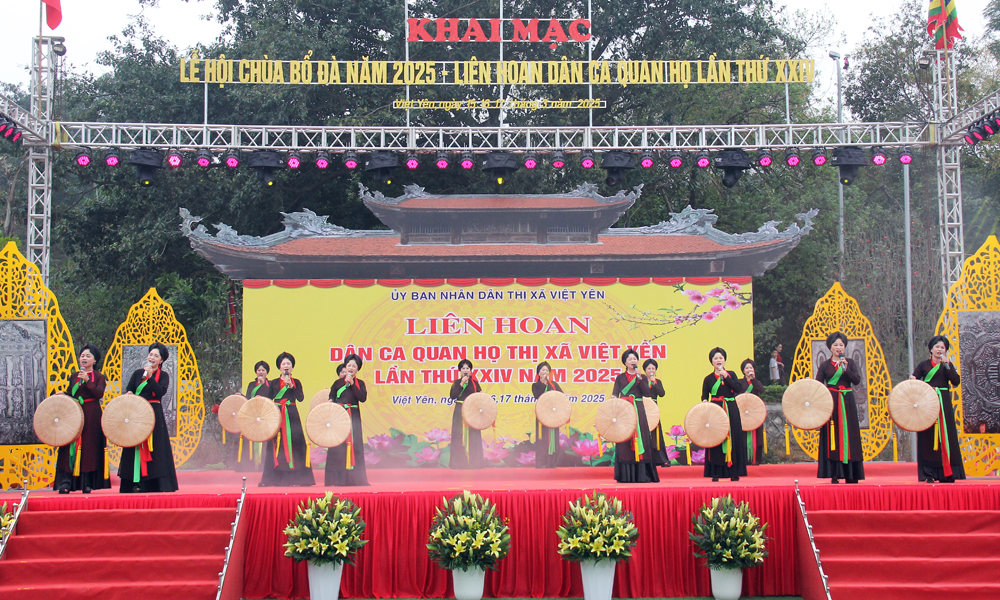
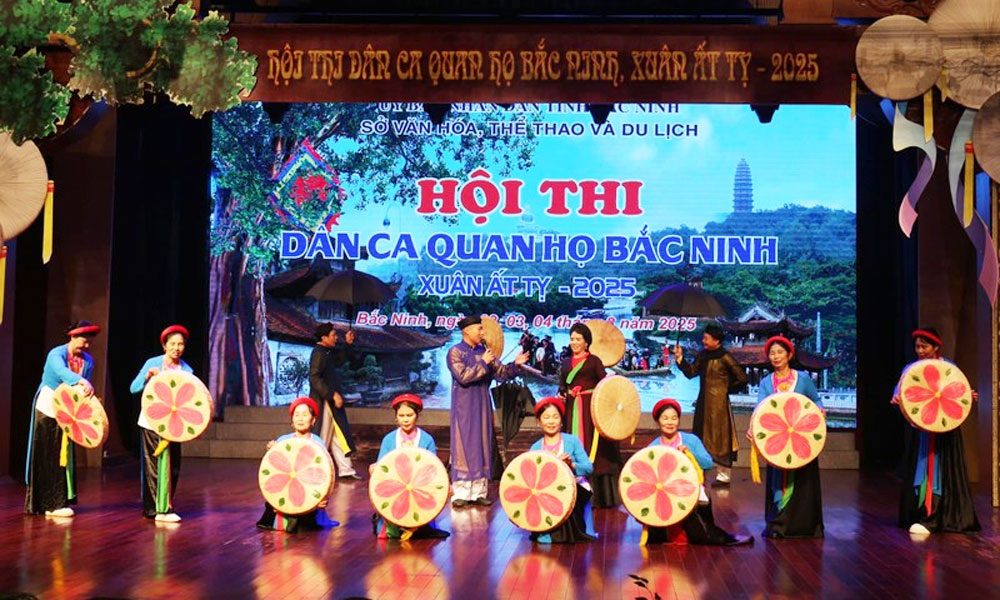

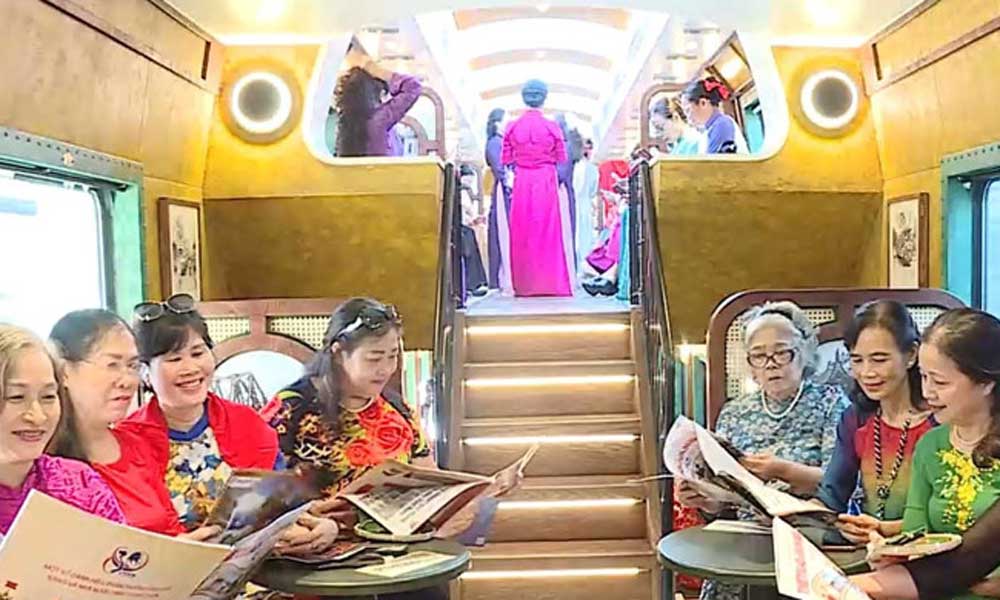






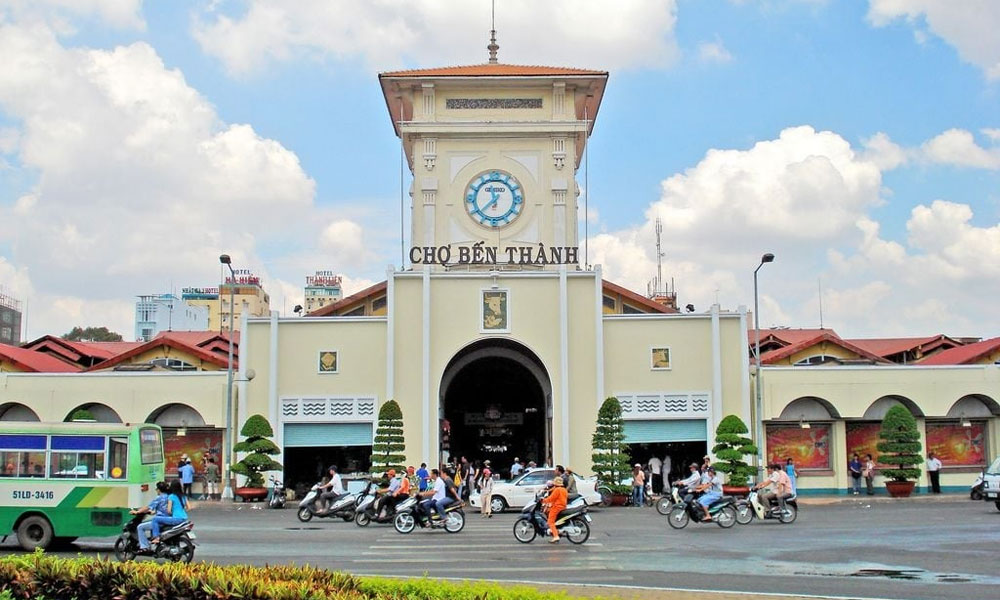



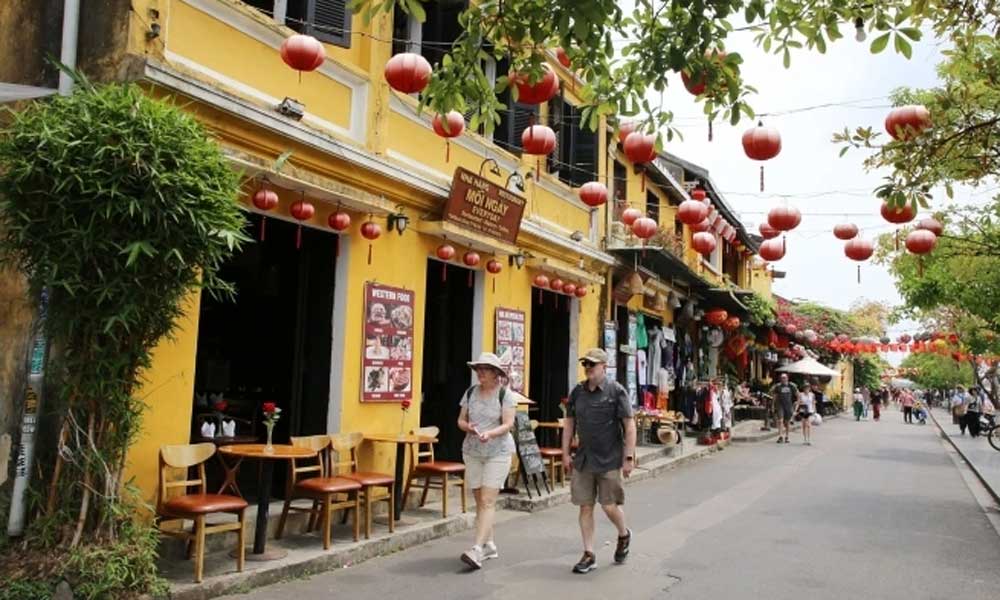



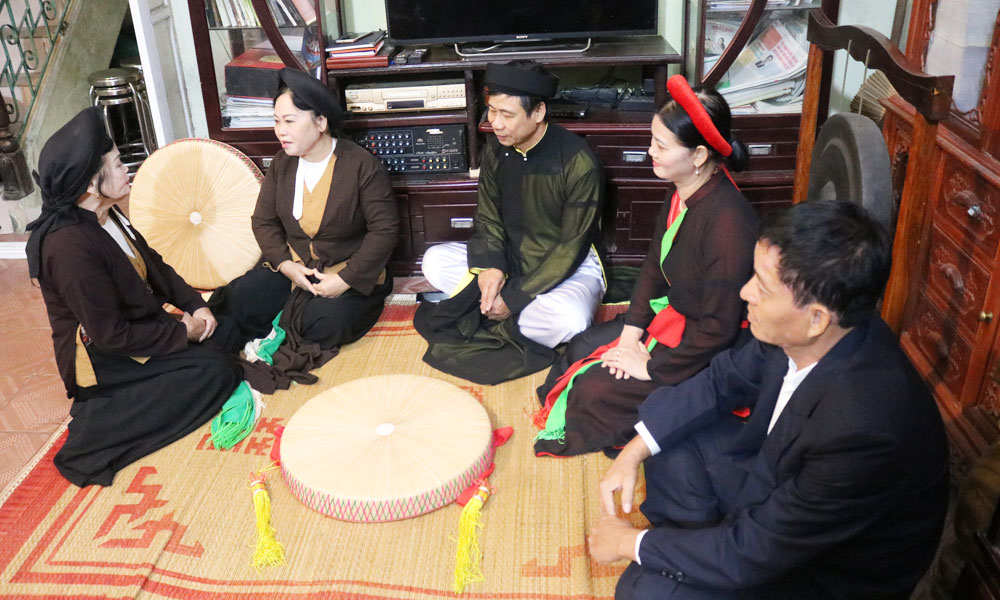



Reader's comments (0)